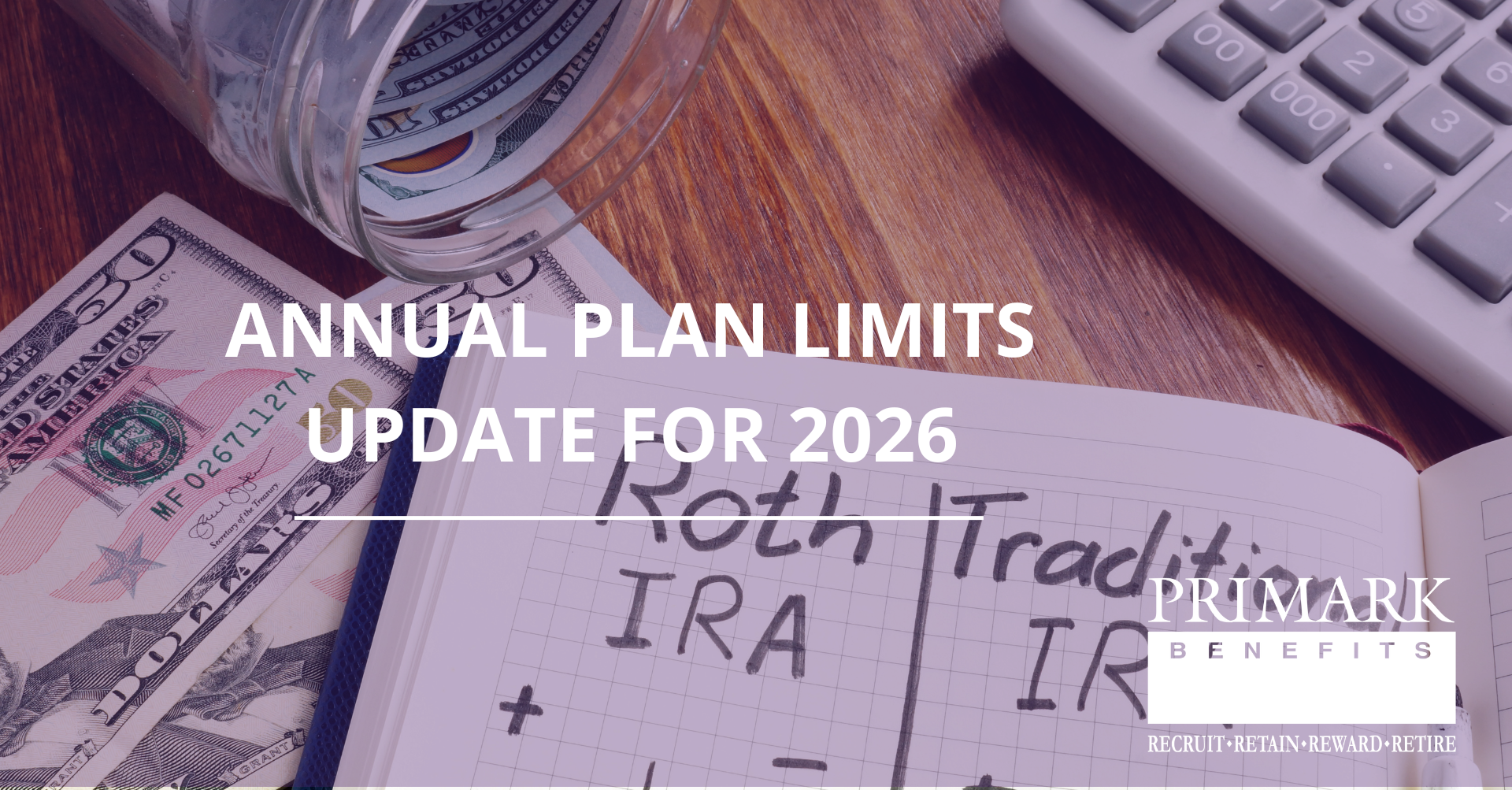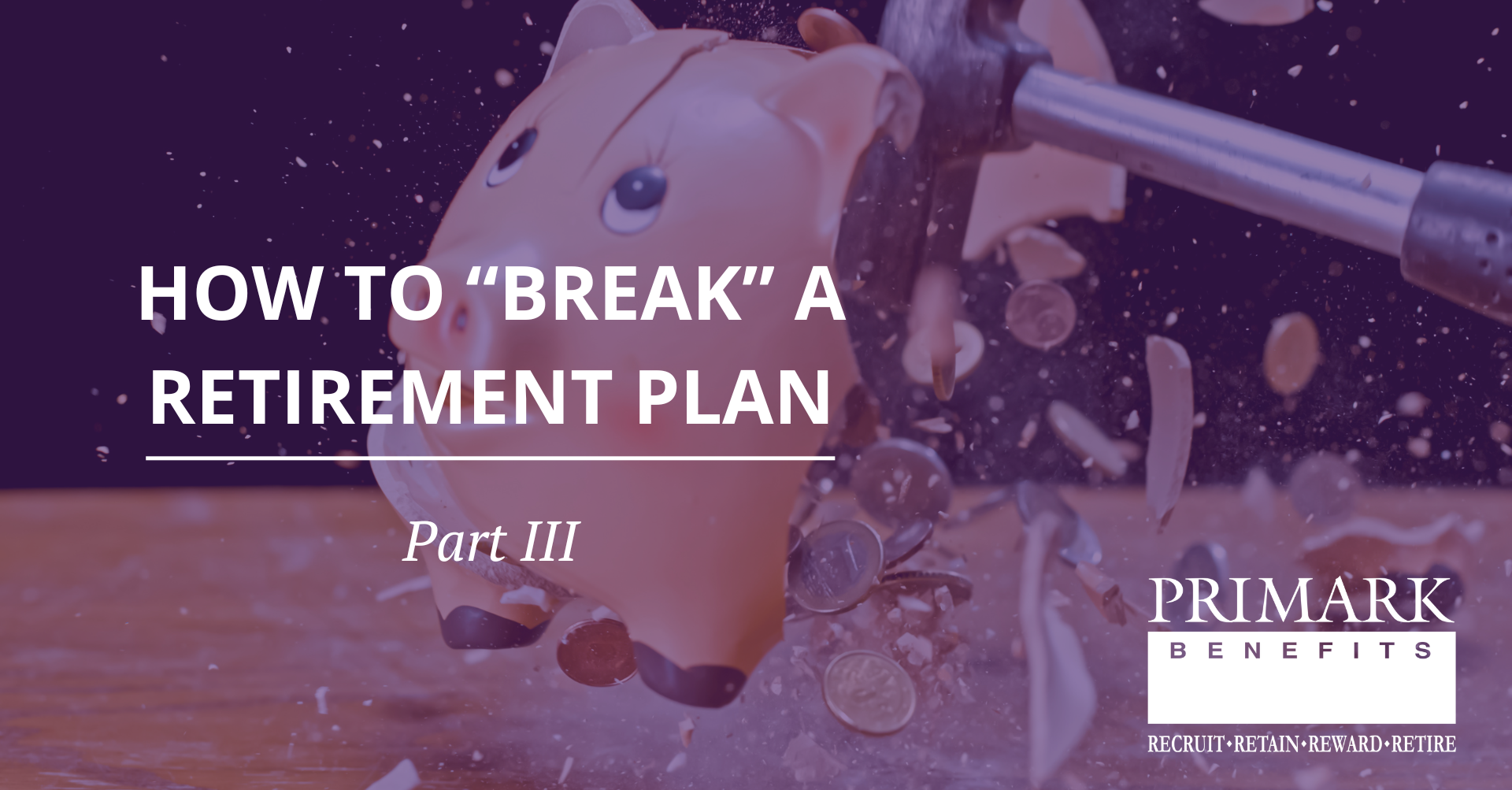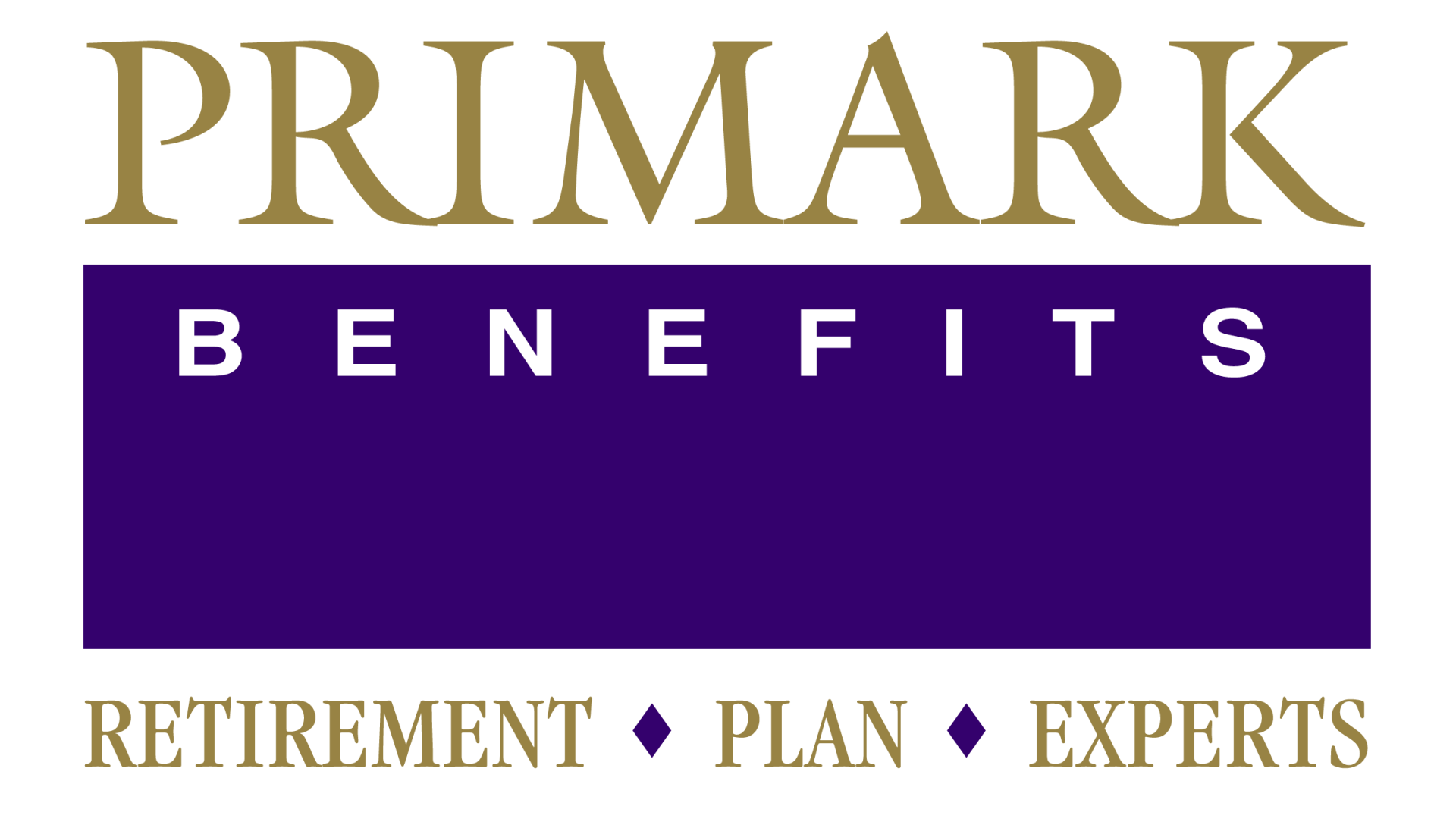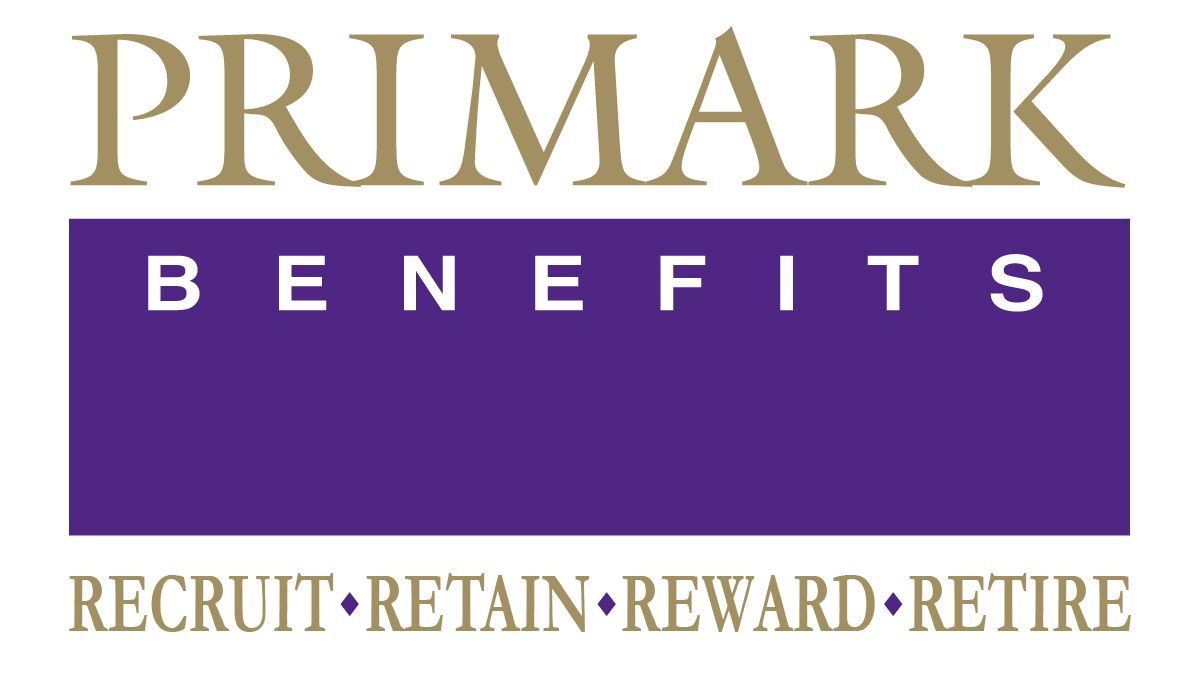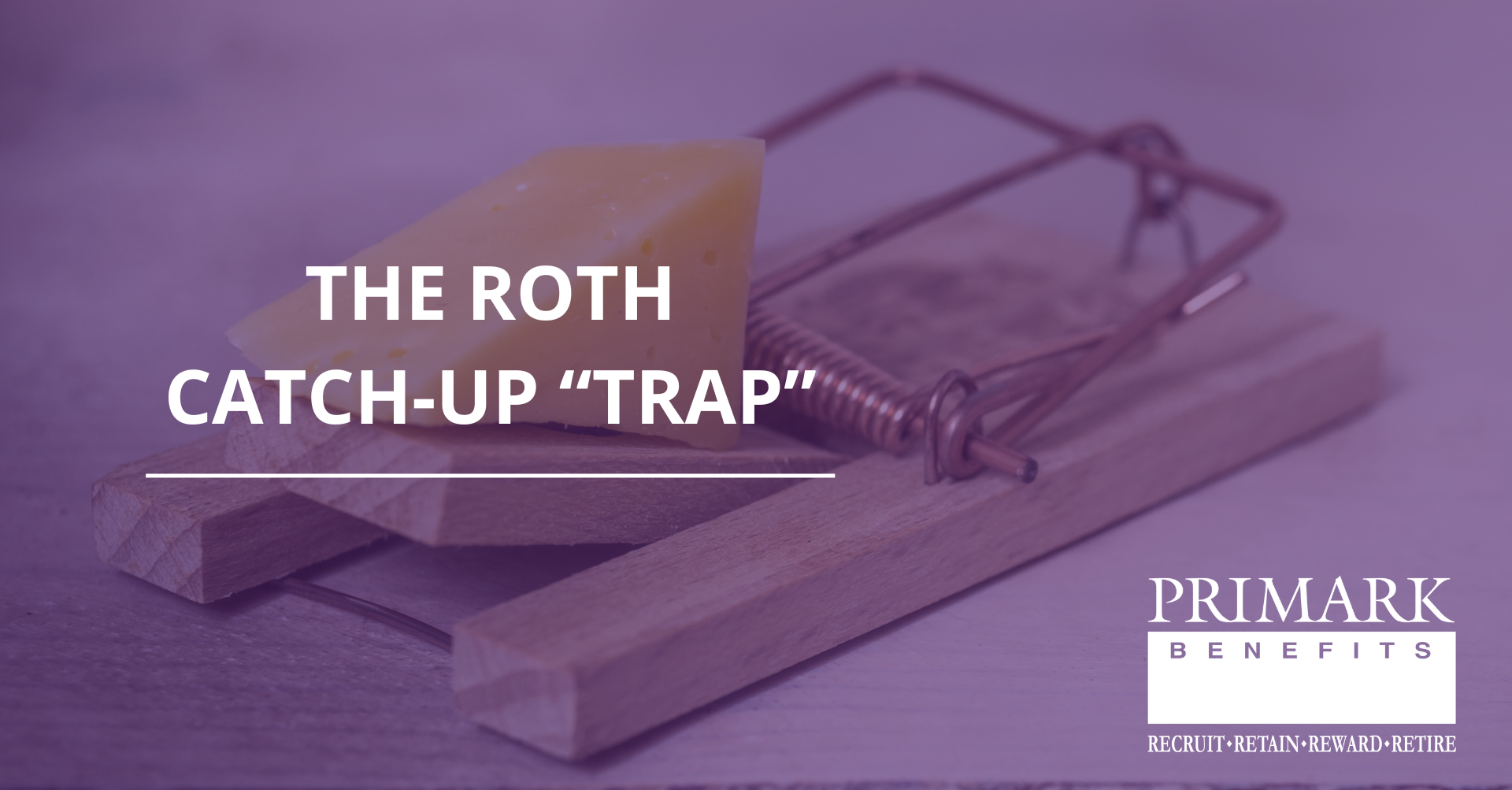Total Rewards Programs Key to Recruiting & Retaining Top Talent
Total rewards programs are a vital part of workplace culture, employee performance and securing top talent. Learn how program enhancements can help meet the demands of a changing workplace and workforce.
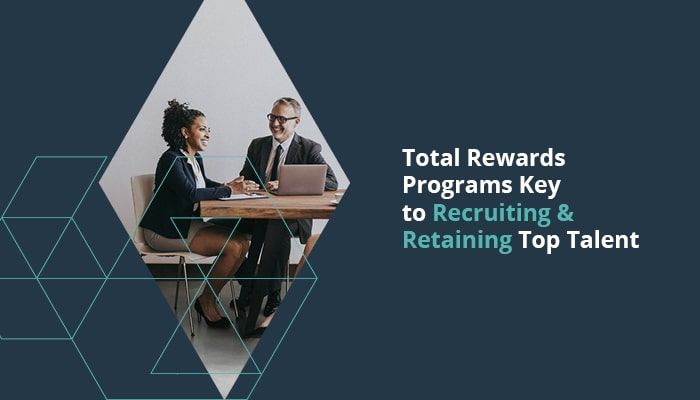
Plan sponsors are often faced with a balancing act of what benefits to offer versus what employees actually value the most. To develop the best program, many look to a total rewards approach, which provides a holistic look at compensation plus the “hidden paycheck” of benefits and wellness and/or education programs to empower employees.
5 Main Components
The main components of a total rewards program generally include the following:
- Compensation: Normally the base pay received by an employee is often the entry point for the overall employment package. This can be the baseline of how an employee sees their worth and value at the company. Compensation, along with regular pay raises, help an organization motivate employees and improve business productivity and effectiveness.
- Benefits: The term “benefits” covers a wide range of perks available to employees. Some are considered bedrock benefits, while others fringe. But to boil it down, benefits are essential for recruiting and retention efforts. In fact, nearly 7 out of 10 employees say their benefits package is the reason they stay at their job. Your benefits package should reflect the specific needs of your company and may include some of these most popular options:
- Insurance Benefits: Medical Insurance, Dental/Vision Insurance, Telehealth, Mental Health Support
- Financial Benefits: Retirement Plan, Financial Wellness, Student Loan Repayment, Emergency Savings Fund
- Paid Time Off: Sick Leave, Flex/Vacation Time, Parental Leave
- Work-life Balance: The effect of the COVID-19 pandemic on employers and employees was deeply felt, and yet, it highlighted the need for work-life benefits to become flexible and evolve. Several work-life features were ranked as extremely or very important by employees, including flexible work schedules (83%), leave of absence options (83%) and family-friendly work environments (76%). The pandemic caused many employers to revisit and revise their employee benefits last year and expand them to support employees who needed more remote work options, flexibility to care for family members and more ways to protect their physical and mental health. Employer ingenuity to address these needs further shows a commitment to their employees’ overall well-being.
- Learning and Development: While educational training sessions can take employees away from their primary work, the intellectual capital gained from the practice are plentiful. Not only can these sessions contribute to employee morale and knowledge, but they also help to enhance efficiencies in one’s job, which can result in improvements to the company’s bottom line.
- Performance and Recognition: Appreciation of employees’ actions can be monetary but also go beyond their paychecks. Recognition can increase employee self-worth and productivity, while it also highlights their value within a team as well as the company.
Total Rewards in 4 Steps
There are four primary steps to develop and maintain a total rewards program according to SHRM, the human resources non-profit:
- Assessment of current benefits and compensation system to determine program effectiveness can involve surveying employees to gain opinions on pay, benefits and opportunities for growth and development, as well as examining current policies and practices. A summary of recommendations and solutions should be the desired outcome.
- The design of the total rewards program should involve senior management to identify and analyze various reward strategies, while determining what would work best in their workplace.
- HR departments implement and execute a rewards system. Employee communication and training is also necessary to measure relevant variables.
- Total rewards program effectiveness must be regularly evaluated with the results communicated to company decision makers. Based on these reviews, modifications can be proposed and implemented.
Build It and They Will Come
Total rewards programs are critical for the workplace culture, employee performance and overall recruiting of top talent. And, as the workforce changes or becomes even more competitive, it’s important to evaluate, adjust and enhance your employee benefit package to remain competitive and continue to recruit and engage top talent.
This is where we can help. We are dedicated to helping our clients develop benefit plans that fit the needs of the business owner, focus on company goals and help employees feel confident in their financial future.
